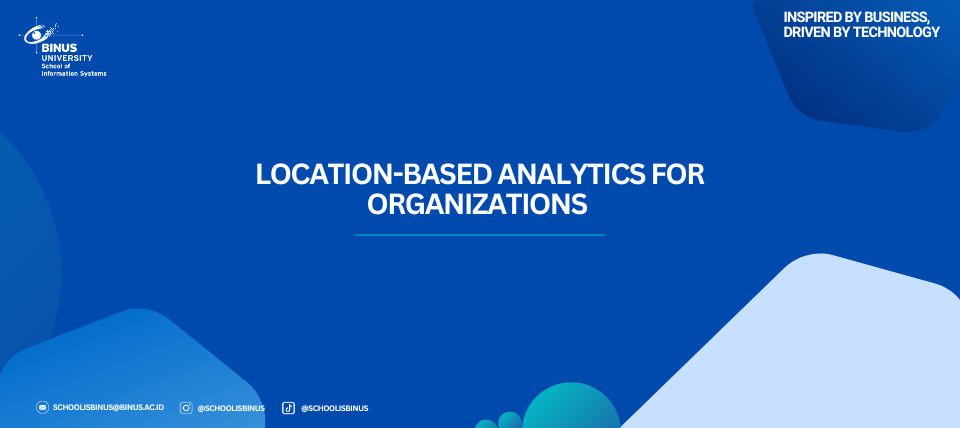Location-Based Analytics for Organizations

Organizations have long used analytical techniques such as reporting, predictive analytics, forecasting, and optimization to understand and improve their processes. A critical emerging trend in analytics is the use of location data, which allows businesses to gain insights not just from “what,” “who,” “when,” and “how much,” but also “where.” Location-based analytics can use static geospatial data or real-time location information generated by devices like smartphones, GPS systems, and sensors. This section explores how organizations leverage these analytics to improve operations, target customers, and design promotions, as well as how consumers benefit from apps and services that use location data to enhance decision-making and daily activities.
Geospatial analytics
It helps organizations gain a clear view of their overall performance using visual tools that provide actionable information. Instead of relying solely on graphs or charts, companies use map-based visualizations, often grouped by postal codes, to better understand location-based patterns. However, postal-code-level data can be too broad to identify precise growth opportunities or target customers effectively. To improve accuracy, organizations now integrate latitude and longitude data, creating location intelligence that combines geographic information with business data. This allows analysts to explore trends in revenue, sales, and profitability across regions and consider demographic factors. Geospatial analytics is widely used across sectors, from agriculture, where weather, soil, and crop data guide precise farming decisions, to crime analysis and disease prediction, such as Dr. John Snow’s 1854 cholera outbreak map. Advanced tools like GIS software, drones, and in-database geospatial analytics make it possible to perform complex calculations efficiently and uncover hidden opportunities for decision-making and strategic planning.
Real-Time Location Intelligence
Collects and analyses continuous location data from devices like smartphones, GPS trackers, cars, and cameras. This massive stream of information, gathered via GPS, Wi-Fi, and cell tower triangulation, helps businesses understand patterns in customer behaviour, asset movement, and service usage. By applying advanced algorithms, companies can uncover trends, identify distinct behaviour types, and make predictions about people and places. Businesses use this data for targeted marketing, such as Quiznos sending location-based coupons, or for innovative applications like augmented reality games, for example, Pokémon GO. Similarly, apps like Candybar let businesses place virtual items on maps to engage customers while tracking interaction and optimizing campaigns. Real-time location intelligence allows organizations to leverage operational and marketing data dynamically, providing insights that improve decision-making and customer engagement.
Analytics Applications for Consumers
The rapid growth of smartphone apps and embedded analytics is creating opportunities for consumer-focused applications that help users make better decisions without needing to understand the analytics behind them. Apps like Waze provide real-time navigation and alerts for traffic, accidents, and police checkpoints by aggregating user-generated data, while Yelp collects reviews and ratings to guide consumer choices. Predictive analytics is also used in apps like ParkPGH, which forecasts parking availability based on current and historical data, saving drivers time and reducing congestion. Productivity apps such as Cloze integrate multiple email and social media accounts, prioritize important contacts, and provide automated reminders to improve efficiency. These examples demonstrate how predictive and location-based analytics are increasingly applied directly to consumers, creating convenience, smarter decision-making, and new entrepreneurial opportunities. However, these benefits raise concerns about privacy, as collecting and analysing location and personal data can expose sensitive information, making it critical for both users and developers to handle data responsibly.
References:
Sharda, R., Delen, D., & Turban, E. (2018). Business intelligence, analytics, and data science: A managerial perspective (4th ed.). Pearson.

